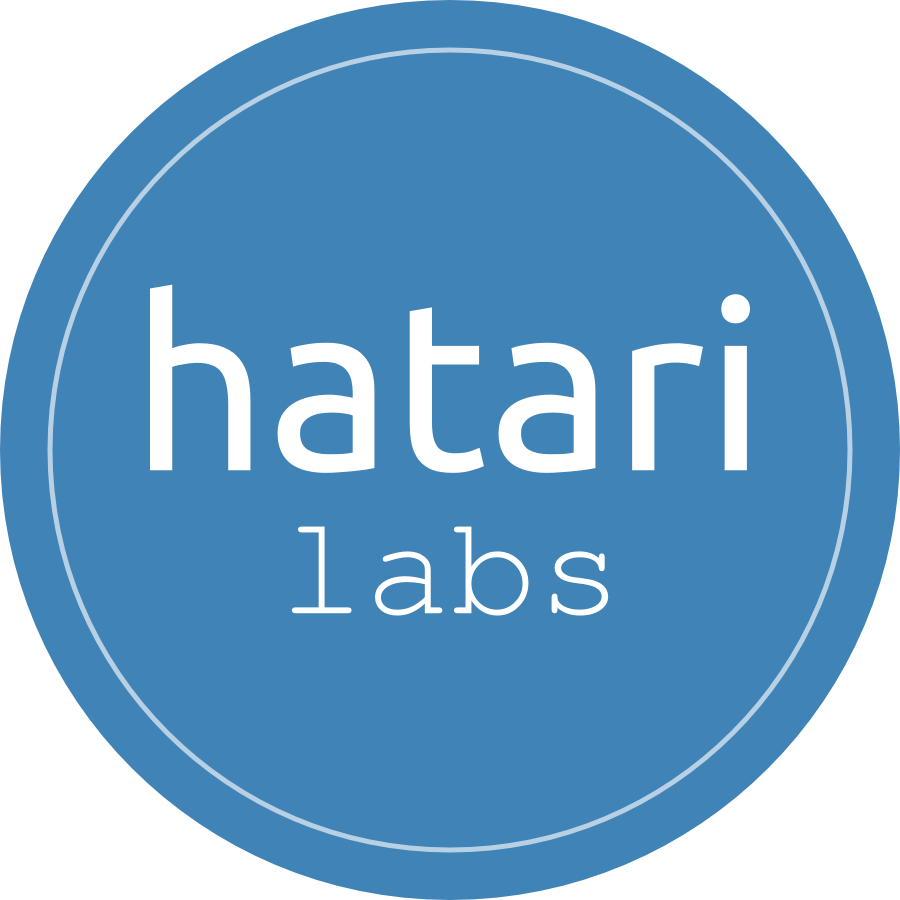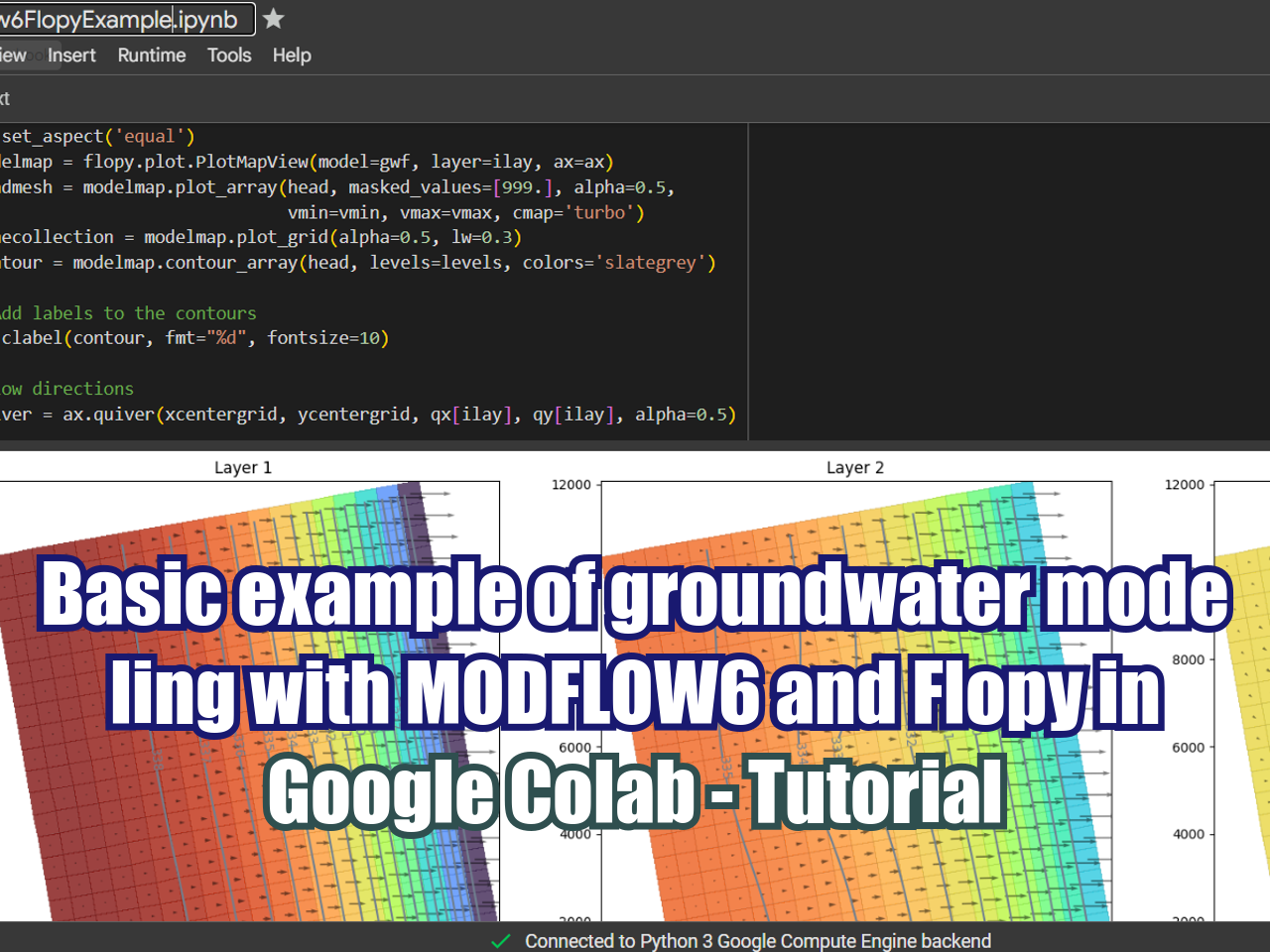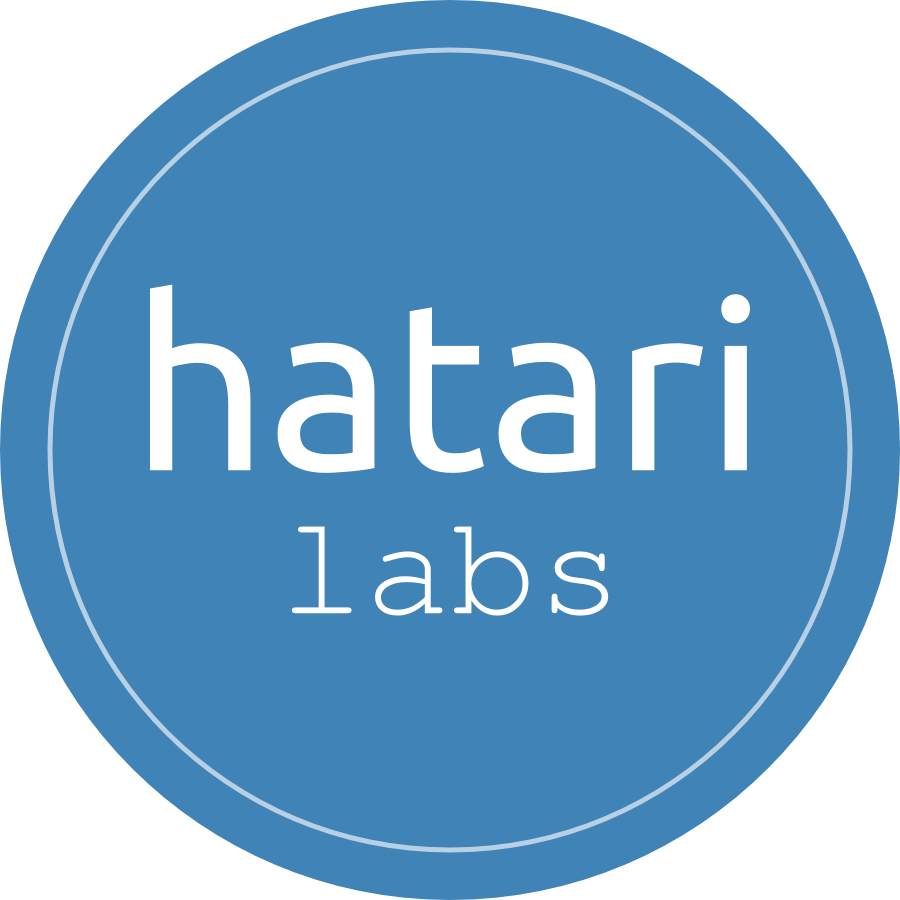Introducing Tupac Cloud: An online tool for groundwater modeling
/Tupac Cloud is our developing online groundwater modeling platform. Models on Tupac Cloud are based on Voronoi meshes and constructed in MODFLOW 6 DISV from Flopy scripts. The whole project will have lot of tools and integrations with QGIS and Paraview, this is just an example of mesh generation for an applied case of river aquifer interaction.
Read More























